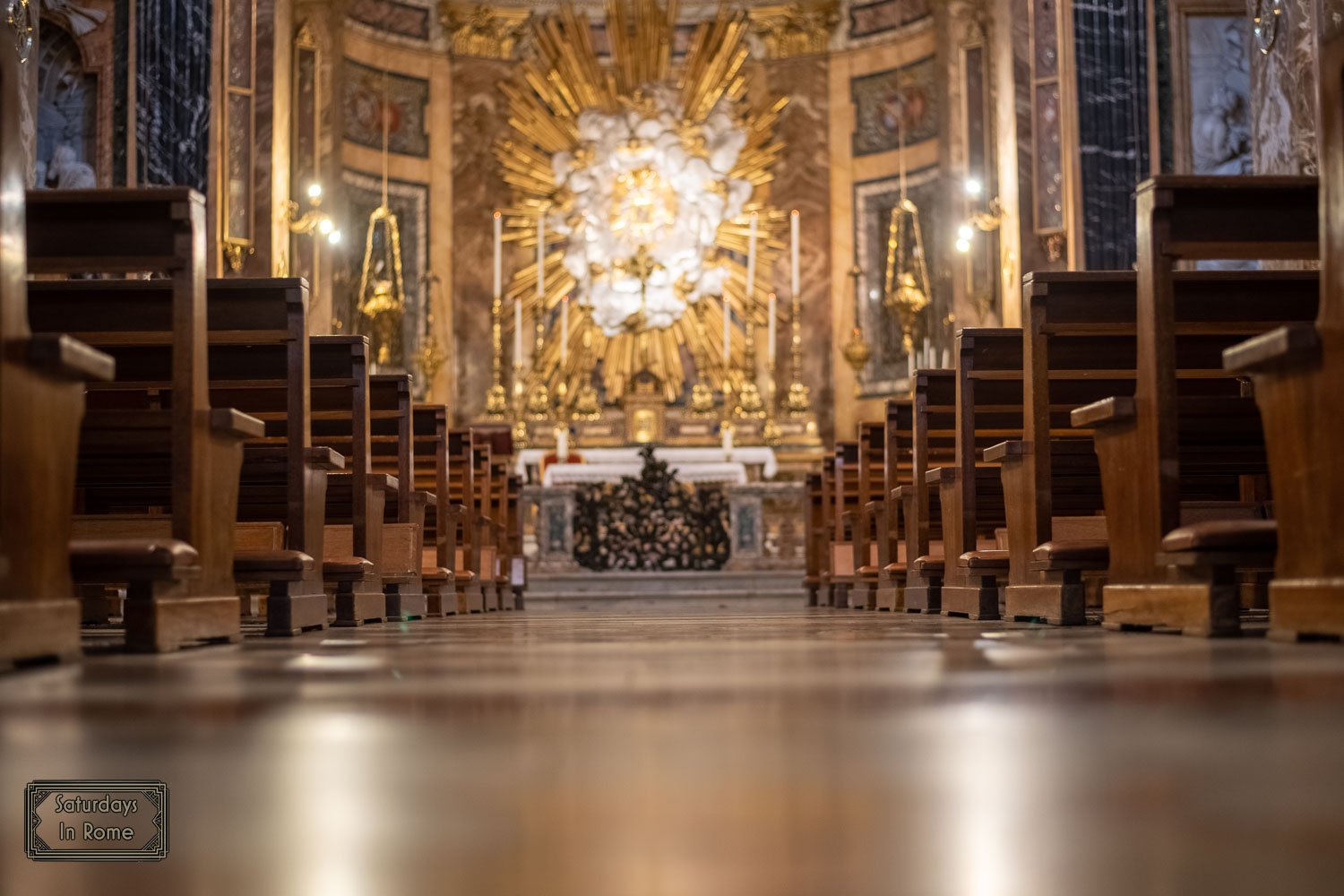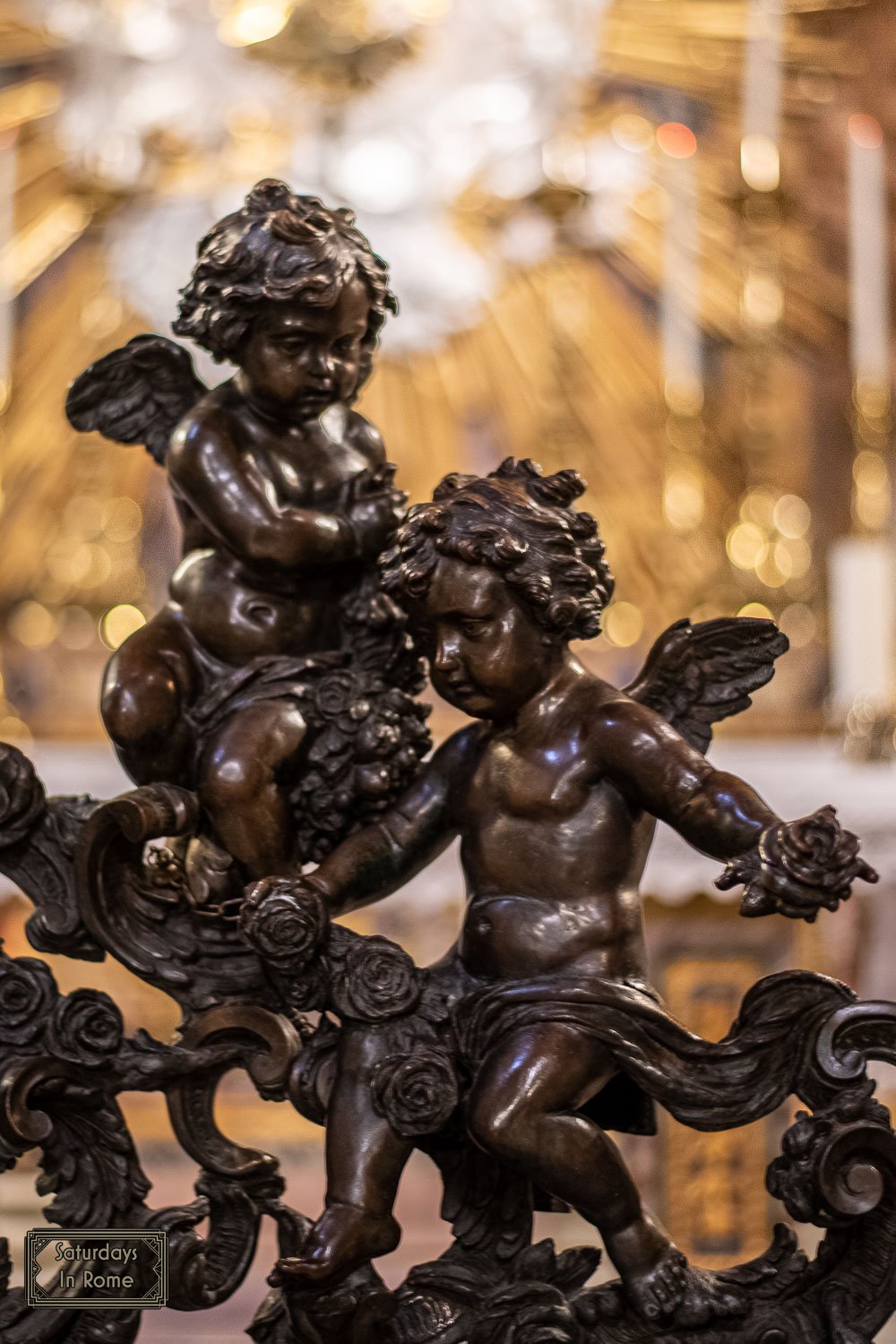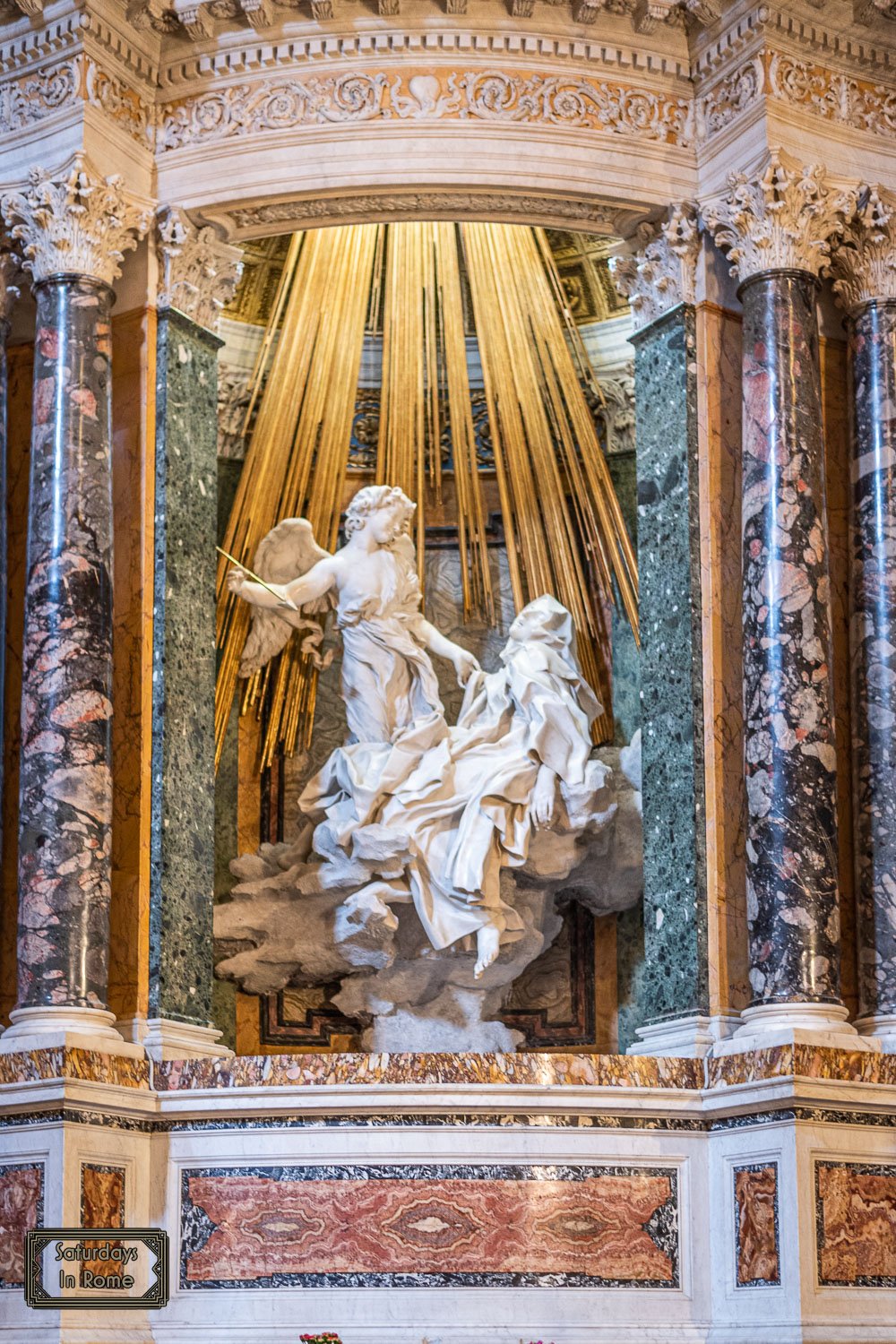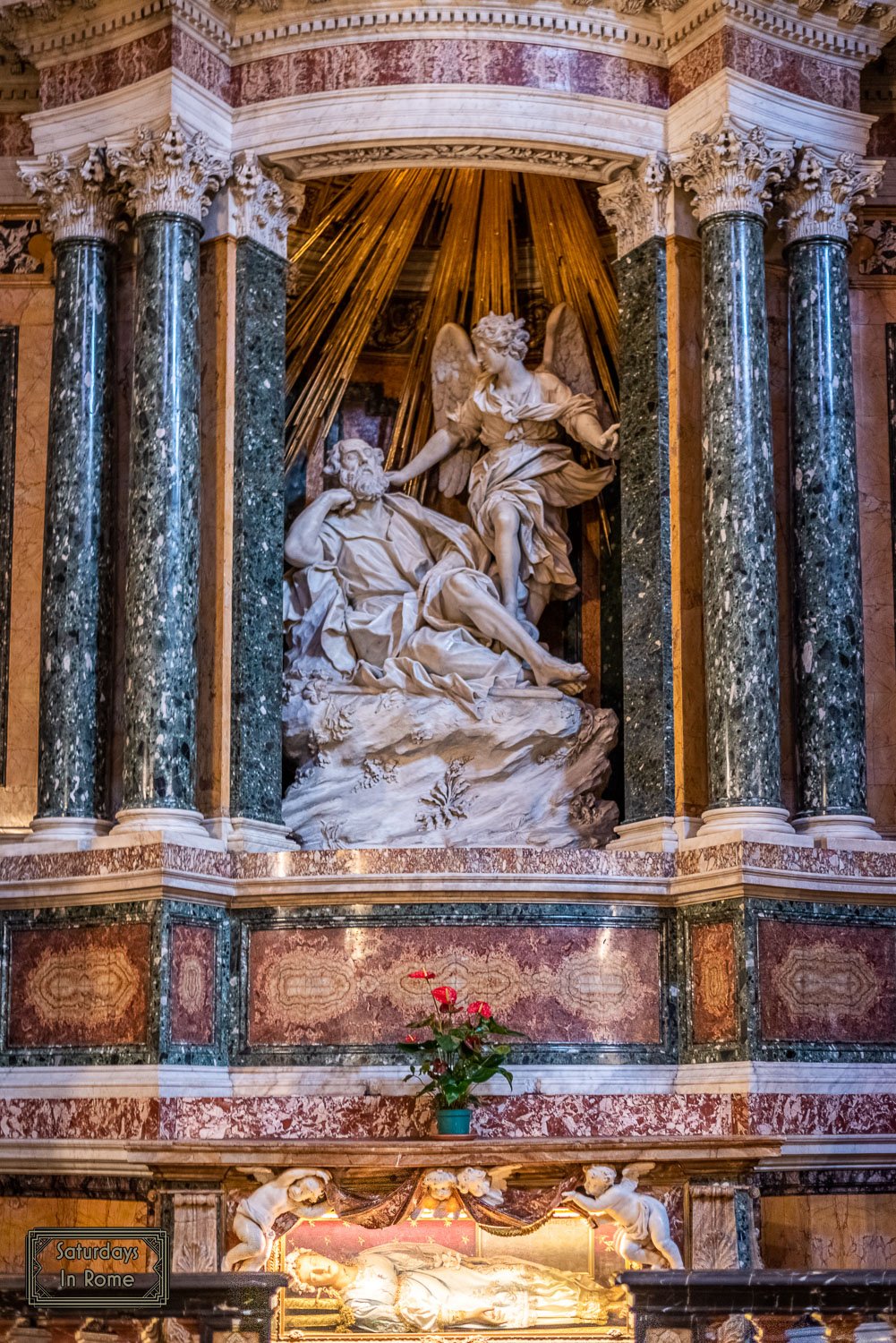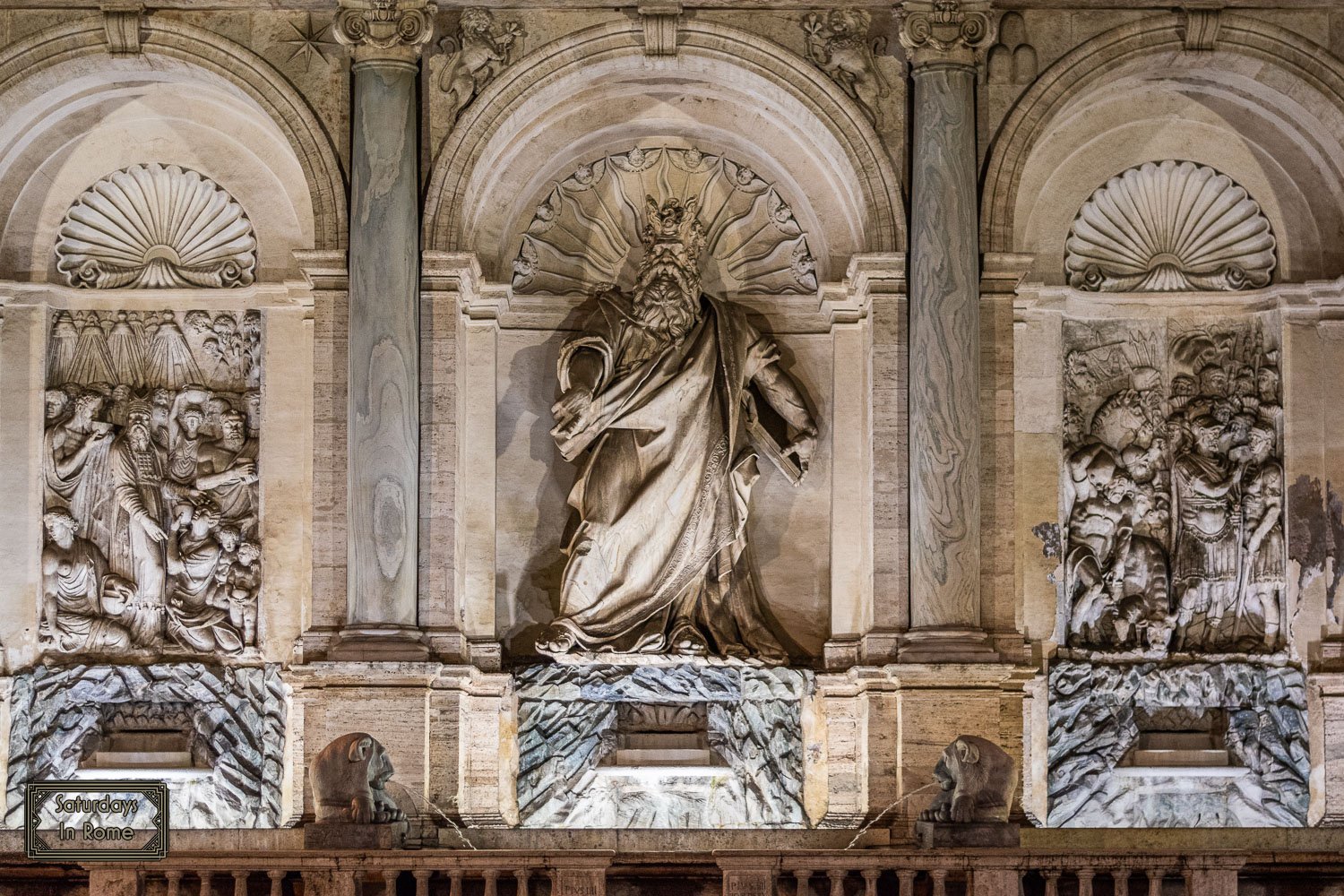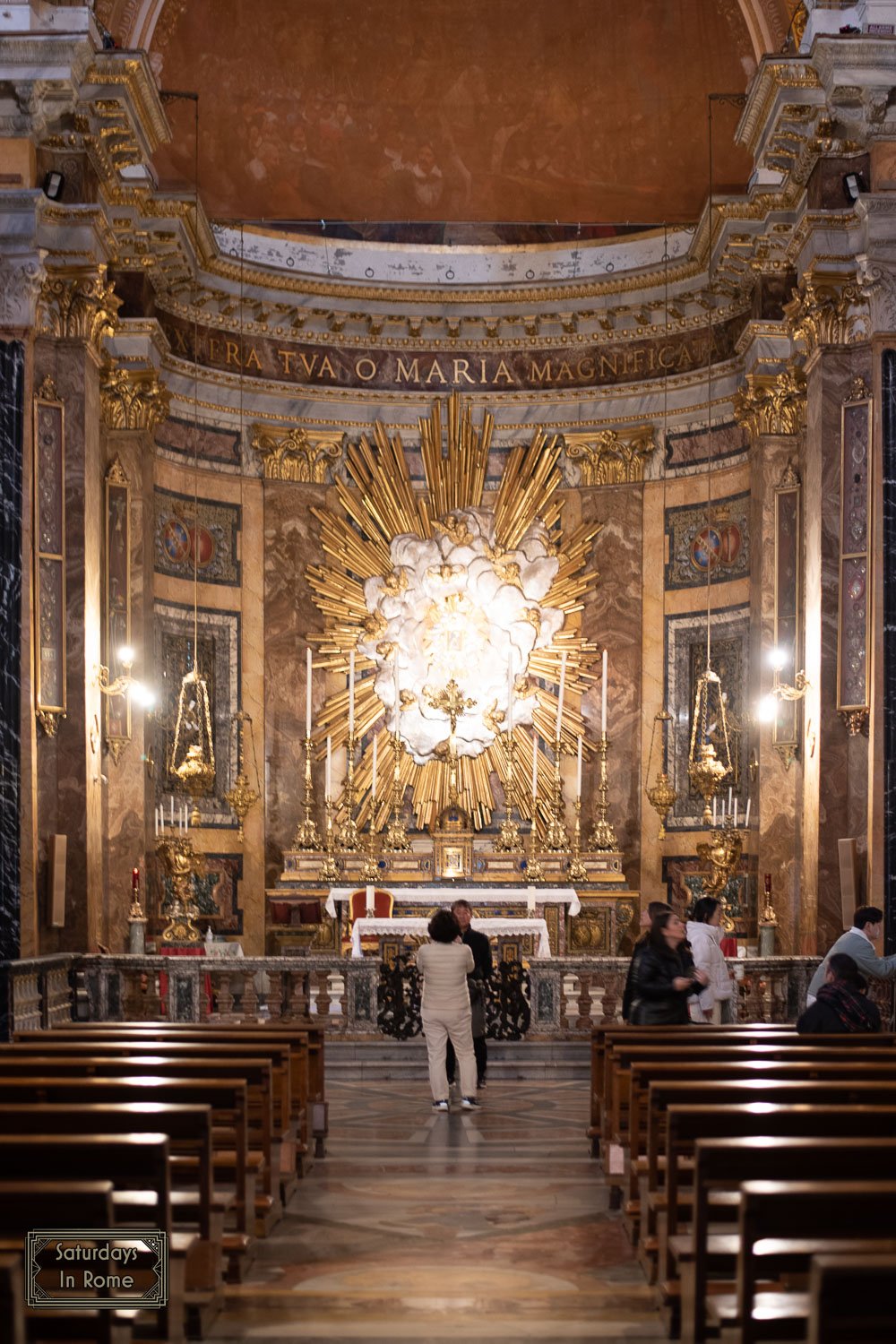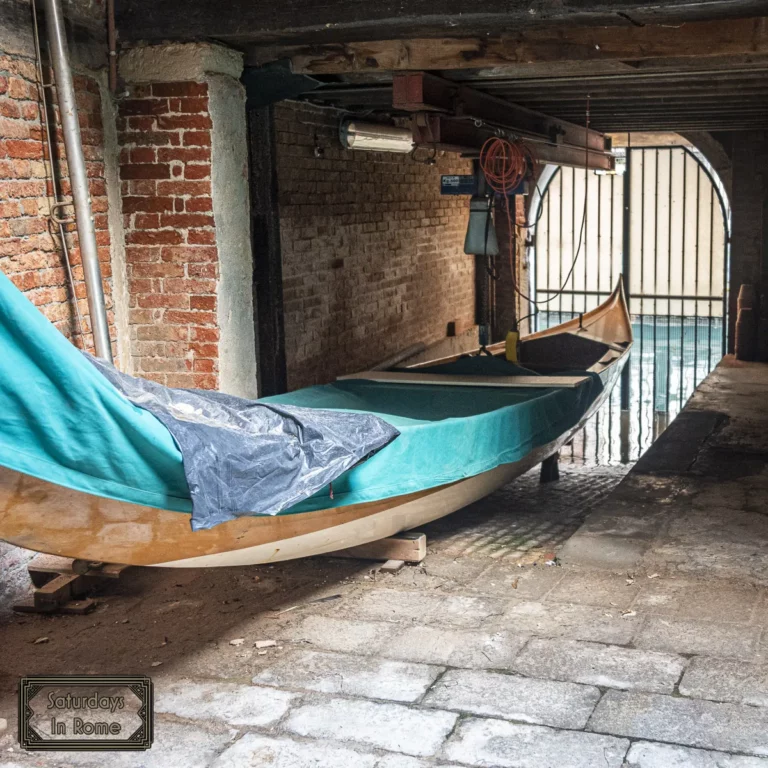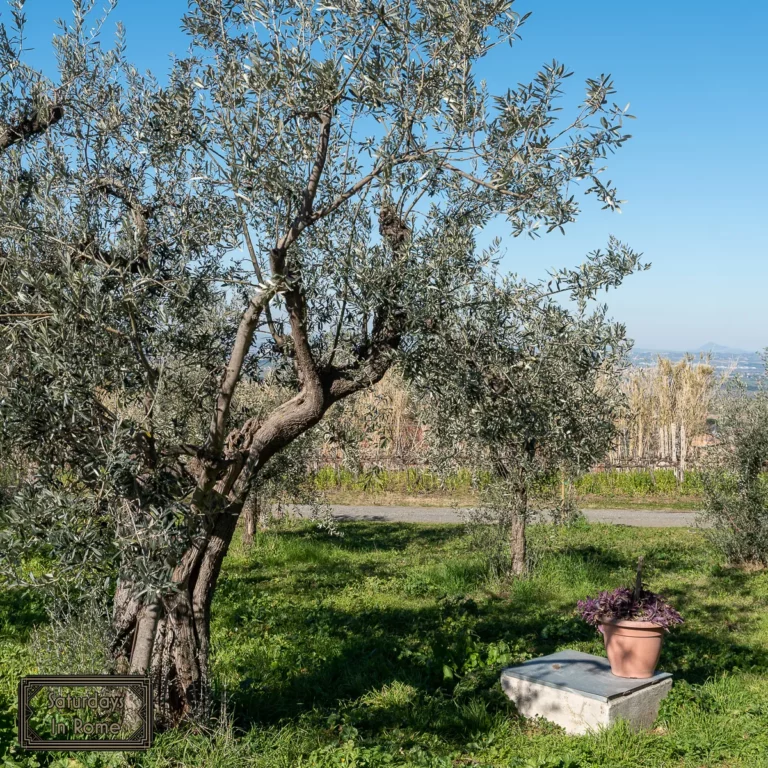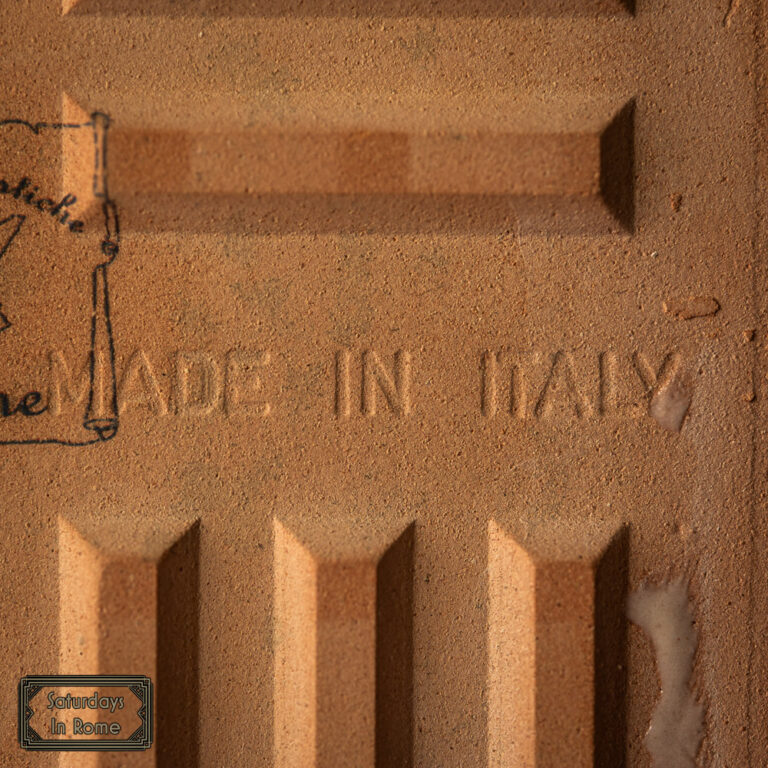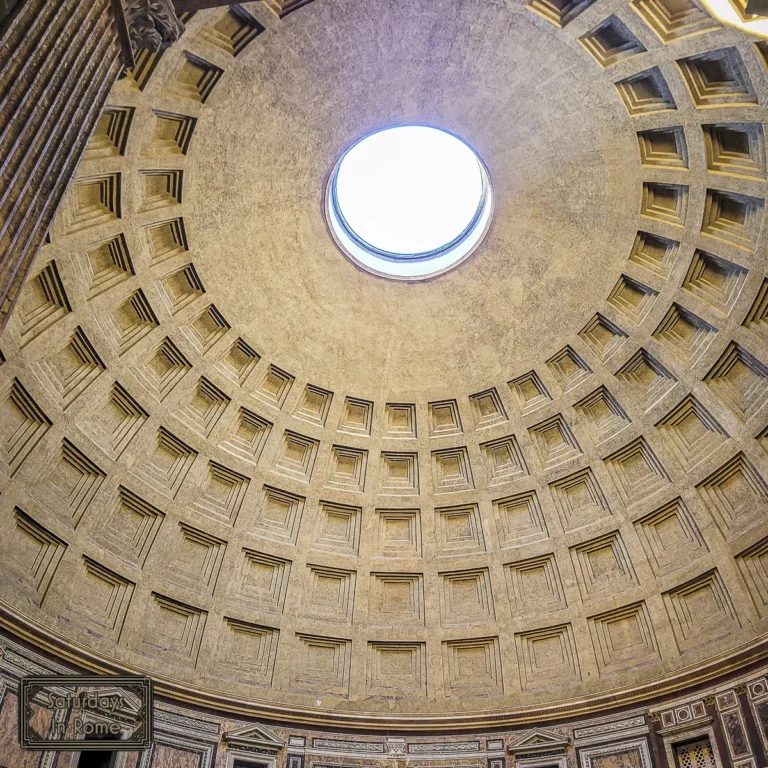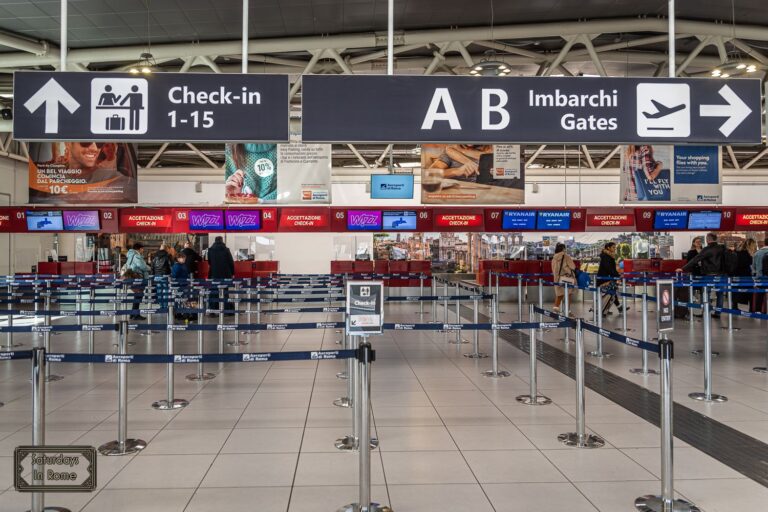The Church of Santa Maria della Vittoria In Rome, Italy
The Church of Santa Maria della Vittoria in Rome was named in honor of the battle of White Mountain in 1620 near Prague in what is today the Czech Republic.
The Church of Santa Maria della Vittoria
Who Is The Patron Saint Of Victory?
The important victory happened when the Roman Catholic army of the Habsburgs scored a major victory over the Protestant army of Germany during the Thirty Years War. An icon of the Madonna from Bohemia was placed on the high altar. The dedication to the Madonna Regina della Vittoria was confirmed by Pope Innocent X, and for all this, the Virgin Mary is considered the patron saint of victory.
Need Help Planning?
- Cheap Flights: Find The Most Affordable Flights.
- Accommodations: From 1 to 5 Stars And More.
- Car Rentals: Affordable Travel Across Italy.
- Sightseeing Tours: Explore Some Amazing Tours.
- Buying An eSIM: Stay Connected In Italy.
This post includes affiliate links.
The church is part of the Carmelite order that I will describe in more detail below. It also had a brief appearance in the movie based on the Dan Brown novel Angels and Demons. If you’ve seen that movie, it is in the scene where the Cardinal is burned alive.
The Sprawling Influence Of Gian Lorenzo Bernini
One of the main attractions of the Baroque The Church of Santa Maria della Vittoria is a work of Bernini. I’ve written about Bernini previously, but to recap:
Gian Lorenzo Bernini was born in the late 16th Century in Naples, Italy and grew to become one of the most famous artists and architects of the Italian Baroque style. When Gian Lorenzo was still young, the family moved to Rome, Italy, where Bernini remained until he died at nearly 82 years old.
Cherubs On The Gate
Bernini had a very full and successful career. He managed to be a dominant artistic force on other Roman artists and he enjoyed great relationships with the Popes, prominent men and the artists of his period. Bernini was a charming man and a brilliant conversationalist. He used his social skills, wit and aristocratic manners to ingratiate himself into the corridors of power in Rome .
One relationship, in particular, was with Scipione Borghese whose family grew in wealth and power to include nobility, Cardinals and Pope Paul V. Borghese was an early patron of Gian Lorenzo Bernini and he was an avid collector of his sculptures that are on display all around Rome, but in particular the most famous works can be found in The Borghese Gallery.
The Ecstasy Of Saint Teresa
This is one of the somewhat hidden Bernini works as it doesn’t live in a grand museum like The Borghese Gallery. I learned about this sculpture years ago and on a trip to Rome I decided to hunt it down. It lives in the Cornaro Chapel of the Church of Santa Maria della Vittoria, which is an understated church that can be tricky to find. The sculpture depicts Teresa of Ávila swooning in a state of religious ecstasy, while an angel holding a spear stands over her.
The Ecstasy of Saint Teresa
The chapel consists of a convex altar which opens its background in an oval space, from which the light descends from a window on the ceiling, invisible from the observation point, creating an interesting effect. The sculpture of Saint Teresa of Avila and her angel who pierces her heart with a dart are lit by a light that pours down from above.
The whole sculpture is decorated with gold, frescoes and precious marbles. The saint, lying on a cloud, expresses her sensuality through her bare foot, which interestingly aligns with the Carmelites (Order of the Discalced Carmelites of the Blessed Virgin Mary of Mount Carmel) that I will describe in more detail below.
On the outside left side wall of the church you can see three protruding arched marble shelves which support the complex in which the window is placed which gives apparently supernatural lighting to the sculptural group.
Who Are The Carmelites
The Church of Santa Maria della Vittoria in Rome was first established to be a chapel by the Carmelite order, known as the Discalced Carmelites, which is a Catholic mendicant order established by two Spanish saints, Saint Teresa of Ávila and Saint John of the Cross.
More Than Just Bernini
The Discalced Carmelites are friars and nuns who dedicate themselves to a life of prayer. The nuns live in cloistered monasteries and follow a completely closed and contemplative life. The Carmelite friars, however, engage in the promotion of their faith through their retreat centers, parishes and churches, in addition to following a contemplative life.
The nuns of this order are called the Discalced Carmelite nuns, but the word “discalced” is often translated “barefoot“. However, in the original Latin, discalceatus means “without shoes” and includes the wearing of sandals.
There are also lay people of the Carmelites, known as the Secular Order, who are also contemplative as part of their everyday lives.
Other Sites Around The Church of Santa Maria della Vittoria
If you are visiting the church, or happen to be nearby, one of the more dramatic fountains on a street corner in Rome that you should check out is The Fountain of Moses. It is directly across from the church and shouldn’t be overlooked.
The Fountain of Moses
The Fountain of Moses is in Piazza San Bernardo and it was built out of travertine, marble and stucco around 1589. It was built to be the endpoint of the Felice aqueduct, which was commissioned by Pope Sixtus V, who was born Felice Peretti, and whose name was used for the Aqueduct.
You are also only a short walk from Piazza della Repubblica, which is a beautiful and history filled spot at one end of Via Nazionale and contains the historic Fountain of Naiads (Fontana delle Naiadi), who were female spirits presiding over bodies of freshwater, like fountains, wells, streams and brooks.
Do You Need Tickets For The Church Of Santa Maria della Vittoria?
The church can be found at: Via XX Settembre, 17
No tickets are required, but be sure to plan your visit carefully because in addition to being a very active church with regular services, it is closed mid-day. For services, masses are held from Monday to Saturday at 7:05 AM, 8:00 AM and 6:30 PM. On Sundays, services are at 10:30 AM, noon and 6:30 PM.
Guests Visiting The Church
The church is open for non-church goers Monday through Saturday from 9:00 AM until noon, and then reopens from 3:30 PM until 6:00 PM. On Sundays, is it only open for visitors from 3:30 PM until 6:00 PM.
More information The Beauty Of Rome
If you enjoyed this article about the Church of Santa Maria della Vittoria or if the works and history of Bernini are of interest to you, you might want to check out these other posts as well:
- Exploring The Great Churches of Rome On Altar At A Time.
- These Are The Best Churches In Rome You Must See!
- Santa Maria Sopra Minerva Is A Popular Church Not To Miss.
- Inside The Pantheon: What You Will See When You Visit.
- The Church Of Santa Maria Della Scala In Trastevere Awaits.
- 9 Amazing Religious Sites In Rome For Everyone To See.
- The Oldest Church In Rome Is Hidden Among The Better Known.
- San Saba, Rome Is A Jesuit Basilica You Need To Explore.
- The Nativity Scene At The Vatican Is An Inspiring Site.
- Scala Sancta Is A Unique Experience For The Faithful.
- The Santo Stefano Rotondo Church In Rome Must Be Seen.
- San Clemente In Rome Is A Basilica With Layers Of History.
- The Beauty Of A Small Church In Rome Must Be Experienced.

